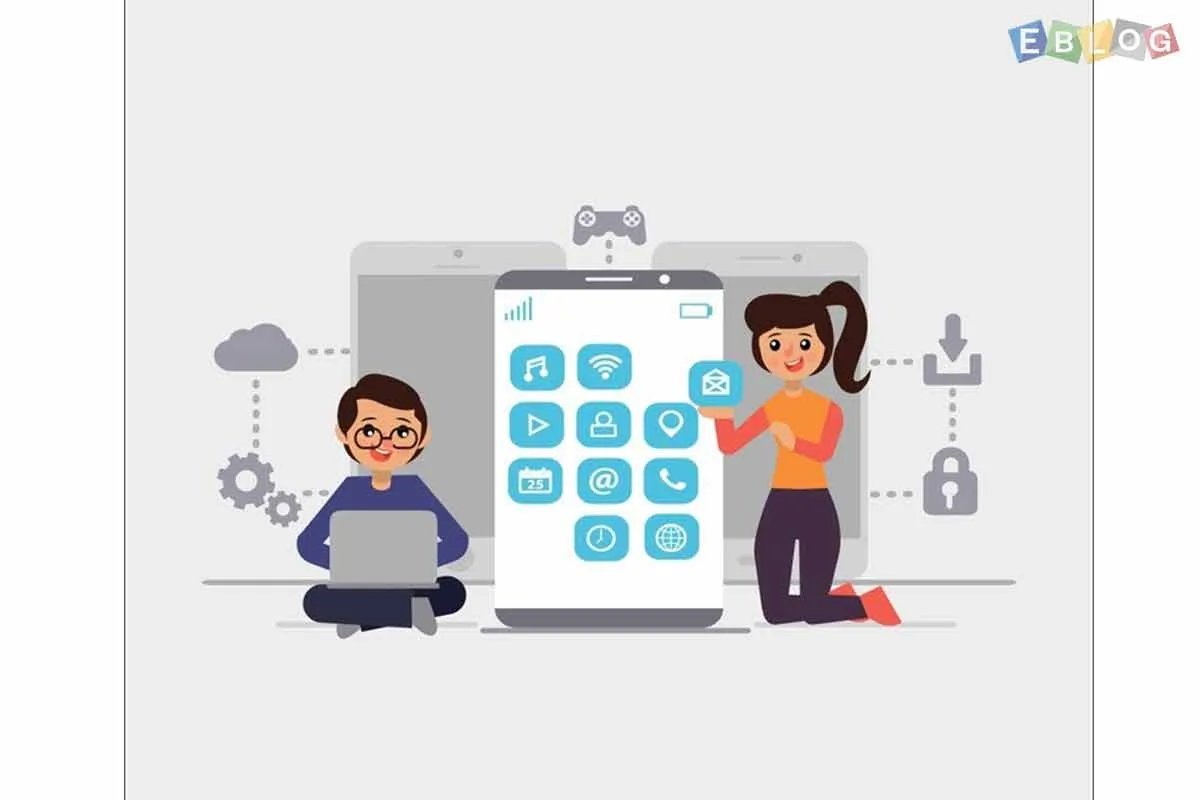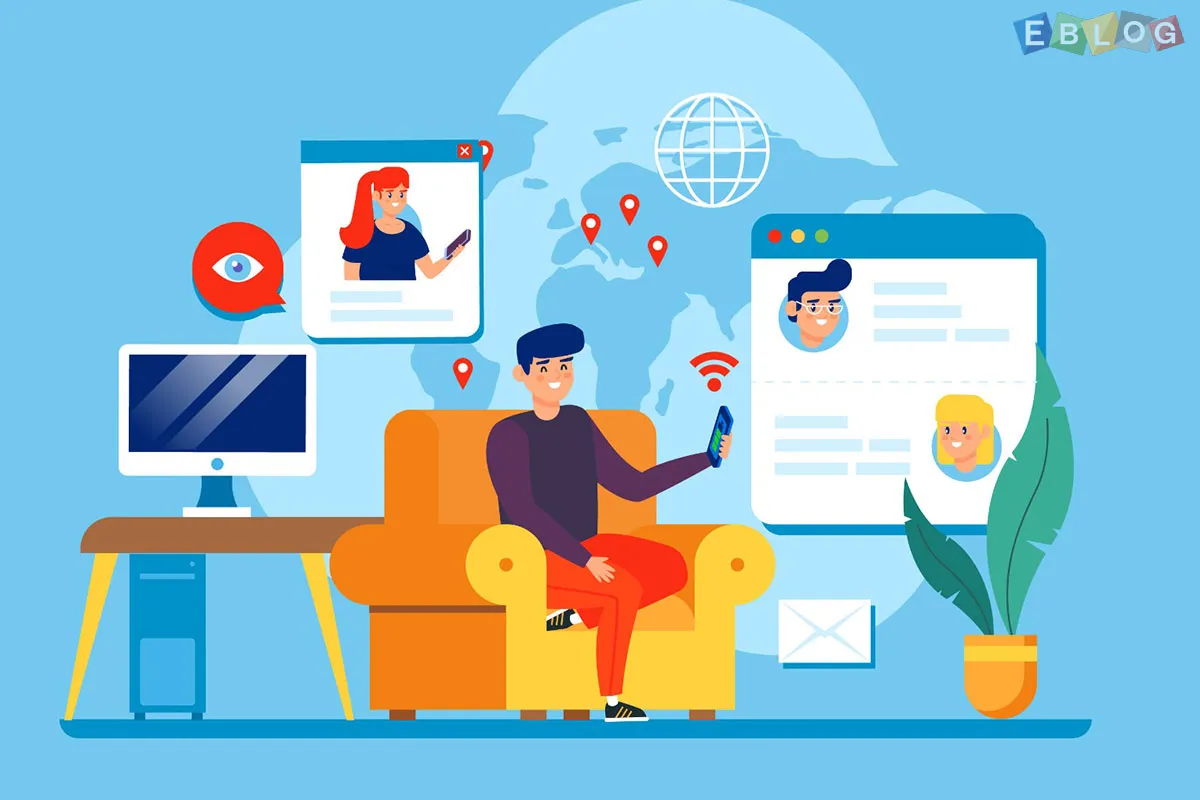
How Can Tech Help You Learn Better at Home
- 10 Nov, 2024
- Tech
- 333 Views
- 0 Comments
In today’s world, technology has become an integral part of education, especially with the rise of remote learning and online courses. While traditional classrooms have their benefits, the flexibility and accessibility of learning from home offer unique opportunities for students of all ages. The best part? With the right tools, tech can actually help you learn more effectively and efficiently from the comfort of your own home. Here are several ways technology can transform your learning experience:
1. Access to a World of Information
One of the most powerful advantages of learning at home with technology is the unlimited access to information. Whether you’re looking for academic resources, online courses, videos, or tutorials, the internet provides a vast repository of knowledge at your fingertips.
a. Search Engines and Databases: Platforms like Google Scholar, JSTOR, and even YouTube offer a wealth of resources on almost any subject imaginable. You can find research papers, textbooks, lectures, and discussions from experts to supplement your studies.
b. Open Courseware: Many prestigious universities, such as MIT and Harvard, offer free courses online. These provide access to world-class educational content, often at no cost, so you can expand your learning beyond what’s covered in your curriculum.
Having access to such an expansive range of resources means that you can learn at your own pace, explore topics in more depth, and bridge knowledge gaps quickly.
2. Interactive Learning Tools
Gone are the days when learning meant simply reading textbooks and listening to lectures. Today, technology has introduced a range of interactive tools that can make learning more engaging and effective.
a. Educational Apps: Apps like Khan Academy, Duolingo, and Quizlet provide gamified learning experiences that are fun and effective. For example, Duolingo helps you learn new languages through interactive lessons and quizzes, while Quizlet allows you to create and review flashcards for studying.
b. Simulations and Virtual Labs: If you’re studying subjects like science or engineering, simulations can help you visualize complex concepts. Virtual labs, like those offered by PhET Interactive Simulations, let you perform experiments and observe results without the need for a physical lab.
c. Augmented Reality (AR) and Virtual Reality (VR): AR and VR technologies are being used in education to create immersive learning experiences. For example, VR can take students on virtual field trips or allow them to explore historical events or scientific concepts in 3D.
These tools cater to various learning styles, helping students better retain information by making learning more active and hands-on.
3. Collaborative Learning with Online Communities
Learning at home doesn’t have to be a solitary experience. Technology allows students to connect with peers, mentors, and instructors around the world, fostering collaboration and teamwork.
a. Online Study Groups: Platforms like Slack, Discord, or Google Meet enable students to form study groups where they can collaborate on projects, discuss topics, and share resources. These spaces provide real-time communication, making it easier to ask questions and solve problems together.
b. Social Learning Platforms: Websites like Edmodo or Schoology provide a virtual classroom experience, allowing students to participate in discussions, submit assignments, and interact with teachers and classmates. These platforms help replicate the communal aspect of traditional learning environments.
c. Peer Tutoring: With platforms like Chegg or Brainly, students can ask questions and get help from peers or tutors. Some services even offer 24/7 support, so you can get assistance at any time of day or night.
These online communities make it easier to learn from others, ask for help, and get diverse perspectives, all of which can enhance your understanding of difficult topics.
4. Personalized Learning Experience
One of the biggest challenges in traditional education is that not every student learns at the same pace or in the same way. Fortunately, technology offers tools that can help personalize your learning experience based on your needs and preferences.
a. Adaptive Learning Platforms: Tools like DreamBox, Squirrel AI, and Knewton use AI to personalize learning paths. These platforms adjust the difficulty and content of lessons based on your performance, helping you progress at a pace that suits you.
b. Self-Paced Learning: With online courses (such as those on Coursera, Udemy, or LinkedIn Learning), you can learn at your own speed. You can pause lessons, revisit challenging concepts, and choose how much time to spend on a subject, allowing for a more individualized approach to learning.
c. Smart Content and AI Assistants: AI-driven tools like Grammarly can help improve your writing by suggesting grammar corrections and offering feedback. AI-based tools can also help you practice math, reading, and other skills in ways that are tailored to your current level of understanding.
By offering customized learning experiences, these tools make it easier to focus on areas where you need improvement, resulting in better retention and more effective learning.
5. Time Management and Productivity Tools
Learning from home requires discipline, and technology can help you stay on track and manage your time efficiently. Whether you’re juggling multiple subjects or managing a busy schedule, tech tools can help you stay organized and focused.
a. Task Management Apps: Apps like Trello, Todoist, or Notion allow you to organize tasks, set deadlines, and track progress. You can break down big projects into smaller tasks, making it easier to stay motivated and avoid procrastination.
b. Focus Tools: Time management apps like Pomodoro timers (e.g., Focus Booster or Be Focused) can help you stay focused during study sessions by encouraging regular breaks. These apps use the Pomodoro technique, which involves working for 25 minutes followed by a 5-minute break, improving focus and productivity.
c. Digital Calendars: Google Calendar, Microsoft Outlook, and other calendar apps can help you keep track of deadlines, study sessions, and important events. Setting reminders and blocking out study time can help you stay organized and manage your time effectively.
With these tools, you can create a structured learning routine that helps you manage your workload, stay on top of assignments, and make the most of your time at home.
6. Improved Focus and Reduced Distractions
While learning from home has its benefits, it can also be distracting. Fortunately, tech offers tools to help minimize distractions and improve focus during study sessions.
a. Website Blockers: Apps like Freedom, StayFocusd, or Cold Turkey allow you to block distracting websites (like social media) during study time. This helps you stay focused and productive without the temptation of checking your phone or browsing the internet.
b. Noise-Canceling Technology: If you're easily distracted by background noise, noise-canceling headphones or apps like Noisli can create a quiet, focused environment, helping you concentrate on your studies.
By using tech tools to minimize distractions, you can create a more productive and focused study environment at home.
7. Conclusion
Tech has revolutionized the way we learn, offering a wealth of tools that make learning from home more effective, engaging, and personalized. From interactive apps to collaborative platforms and time management tools, technology helps students gain access to vast resources, improve their focus, and tailor their learning experience to fit their needs. By harnessing the power of tech, you can optimize your learning and make the most of your time at home—whether you’re a student in school, a lifelong learner, or someone pursuing a new skill or hobby. The possibilities are endless!














Leave a Reply